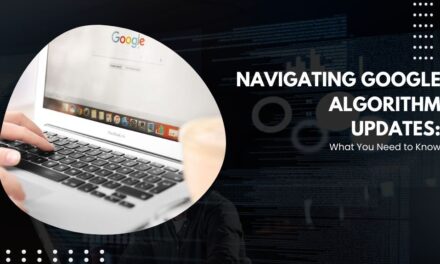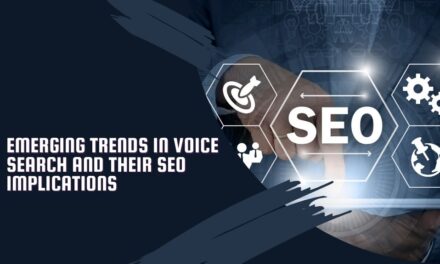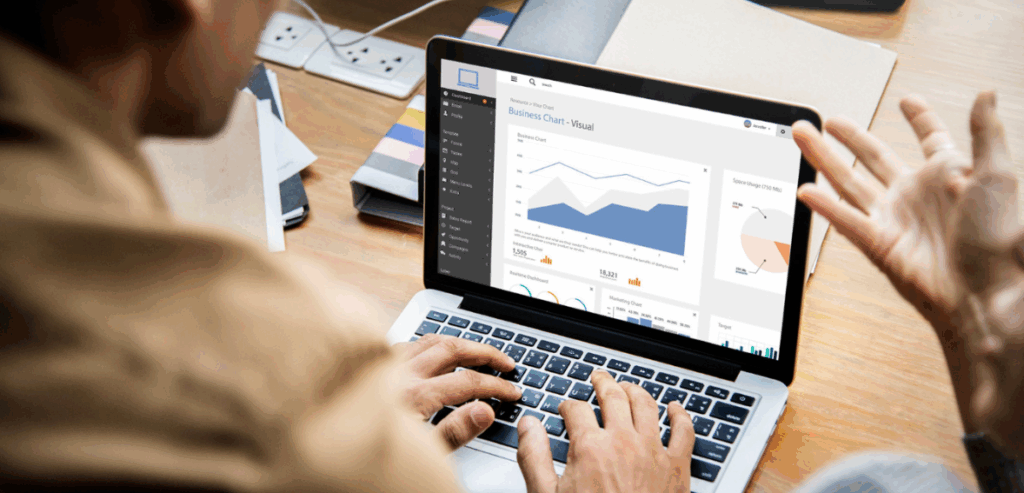SEO is the backbone of online visibility. No matter how great your content is, if it doesn’t appear in search results, it won’t bring you traffic or customers. Behind the scenes of every successful SEO strategy lies a technical foundation that ensures your pages are being crawled and indexed by search engines properly. When that process breaks down, progress halts.
Crawling and indexing errors are silent SEO killers. They can lurk beneath your website’s surface, hidden from the casual observer, but they significantly affect your ability to rank. In this article, we’ll explore the difference between crawling and indexing, the most common errors that affect them, and how you can identify and fix these issues using tools like Google Search Console.
Whether you’re a business owner, marketer, or website manager, understanding how these technical issues work is crucial for unlocking the full potential of your SEO strategy.
What Are Crawling and Indexing?
To understand how errors in this process hurt your SEO, it’s important to first understand what crawling and indexing mean in the context of search engines.
Crawling: The Discovery Phase
Crawling is the process by which search engine bots (like Googlebot) visit your website and discover its pages. Think of it as the search engine “reading” your website to see what content you have. These bots follow links from one page to another, building a map of your site.
If your pages are not crawlable, Google can’t find them. That’s where crawling issues come in. They stop bots from reaching certain content, which means it won’t even have the chance to rank.
Indexing: The Storage Phase
Once pages are crawled, they are evaluated and added to the search engine’s index. Indexing means Google has stored your page’s content in its database and made it available to appear in search results.
Indexing problems occur when a page is discovered but not stored in Google’s index. This means the content exists, but it’s essentially invisible to anyone searching online.

Why Crawling and Indexing Matter for SEO
Search engines must first crawl and index your content before they can rank it. If something is preventing either of these processes, your SEO progress stalls, no matter how optimized your keywords, images, or backlinks are.
The SEO Chain Reaction
SEO performance is cumulative. Ranking requires visibility. Visibility requires indexing. Indexing requires crawling. When crawling issues or indexing problems interrupt this flow, your traffic and leads suffer as a result.
Pages that are not indexed are absent from search results entirely. Others that are only partially indexed may not appear for relevant keywords. These issues can quietly suppress your performance, often going unnoticed until you experience a drop in rankings or traffic.
Common Crawling Issues That Block Visibility
Crawling problems are often rooted in technical setup. They can be intentional (like when you use a noindex tag) or accidental (such as blocking bots via robots.txt). Let’s take a closer look at the most common crawling issues affecting SEO.
Blocked by Robots.txt
The robots.txt file tells search engine bots which parts of your site to crawl or ignore. If a page is accidentally blocked in this file, search engines will not visit it at all.
A misconfigured robots.txt can block entire directories or even your whole website. Always review this file after a website migration or platform change.
Broken Internal Links
Search engines rely on internal links to discover new content. If your site has broken or misdirected internal links, bots will hit a dead end. This prevents proper crawling and weakens your site structure overall.
Fixing broken links improves both user experience and crawlability.
Slow Loading or Timeout Errors
If your website is too slow or repeatedly times out, Googlebot may abandon the crawl. Pages with poor server performance might be crawled less often or not at all.
Use tools like Google PageSpeed Insights or server log analyzers to monitor crawl performance.
Excessive URL Parameters
Dynamic URLs with multiple query parameters can confuse crawlers and create duplicate content. If Googlebot wastes crawl budget on similar URLs, it may ignore more important pages.
Canonical tags and URL parameter tools in Google Search Console can help manage this issue.
How Indexing Problems Limit Your Search Presence
A page can be crawled and still fail to be indexed. This is one of the most frustrating indexing problems because the page exists but is never shown in search results. Let’s look at some typical reasons.
Noindex Meta Tags
One of the most common causes of indexing problems is the noindex meta tag. This tag tells Google not to add a page to its index. While useful for admin pages or thin content, it can be problematic if applied by mistake.
Auditing your site’s headers is key to catching this early.
Duplicate Content
If Google finds two or more pages with highly similar content, it may choose to index only one and ignore the others. This can happen with product variations, blog tags, or copied text.
Canonical tags and content consolidation can resolve duplicate indexing issues.
Thin or Low-Quality Content
Google aims to provide the most helpful results. Pages with very little content, poorly written text, or excessive ads may be crawled but not indexed. If Google determines a page adds no unique value, it may skip indexing entirely.
Improving content depth and originality often resolves this.
Crawl Budget Limitations
Large websites may hit their crawl budget, the limit of how many pages Googlebot will crawl in a given time. If your important pages are deep in the site or buried under layers of navigation, they may be skipped.
Optimizing internal linking and pruning low-value pages can help prioritize key content for indexing.
Using Google Search Console to Detect Errors
Google Search Console errors provide vital insights into how Google views your site. It is one of the most powerful tools for identifying and resolving both crawling issues and indexing problems.
Coverage Report
The Coverage report in Google Search Console shows which pages have been indexed and which have not. Each excluded URL includes a reason, such as “Discovered – currently not indexed” or “Blocked by robots.txt.”
Use this data to prioritize which pages need attention.
URL Inspection Tool
This tool allows you to check a single URL’s crawl and index status. It tells you whether the page is indexed, how Google last crawled it, and if there are any technical barriers.
You can also request indexing directly from here after fixing issues.
Sitemaps and Submitted URLs
Submitting a sitemap through Google Search Console ensures that Google is aware of your content. You can track how many URLs were discovered, indexed, or excluded based on your submitted sitemap.
Keeping sitemaps up to date is crucial for large or content-rich websites.
Preventing Future SEO Setbacks
Fixing crawling issues and indexing problems is only the beginning. Preventing them from recurring is just as important. Here’s how to maintain a healthy SEO foundation going forward.
Audit Technical SEO Regularly
Perform regular audits of your website to check for crawl errors, broken links, and page speed. Use tools like Screaming Frog, Ahrefs, or SEMrush to crawl your site as a bot would.
Technical SEO should be a routine part of your digital maintenance plan.
Monitor Google Search Console Often
Set aside time each week to check for new Google Search Console errors. Sudden drops in indexed pages or spikes in crawl errors may indicate deeper problems like server misconfigurations or CMS glitches.
Consistent monitoring lets you catch issues early.
Use Structured Data and Schema Markup
Structured data helps Google understand your content better and encourages more accurate indexing. For example, using schema markup for products, articles, or events can improve your visibility in rich search results.
Well-structured pages are more likely to be indexed properly and ranked accordingly.
Keep URL Structures Clean and Consistent
Avoid changing URLs frequently or using random characters in your paths. Consistent, descriptive URLs are easier for both users and bots to navigate. When changes are necessary, use proper 301 redirects to preserve authority and prevent crawl loss.

Real-World Impact of Crawling and Indexing Fixes
The effects of fixing crawling issues and indexing problems can be seen fairly quickly. Websites that optimize their technical structure often report:
- Faster inclusion of new pages in search results
- Higher ranking for previously invisible content
- Lower bounce rates due to better-targeted traffic
- Greater overall traffic volume
Even simple changes like removing noindex tags from key pages or fixing a misconfigured robots.txt file can result in major improvements in search visibility.
Conclusion
Crawling and indexing form the invisible engine that powers your SEO success. When search engines can’t find or store your content correctly, your marketing efforts lose momentum. Whether you’re dealing with simple Google Search Console errors or complex crawling issues, taking the time to diagnose and resolve these problems pays off.
For long-term growth, your website needs to be technically sound, user-friendly, and easily discoverable. Paying attention to these behind-the-scenes elements ensures that your high-quality content actually reaches your target audience.
The key is consistency. Monitor your performance, keep your technical SEO clean, and use the tools available to maintain control over how your website appears to search engines. By staying proactive, you can prevent indexing problems from blocking your progress and create a solid foundation for everything else your SEO strategy needs to succeed












